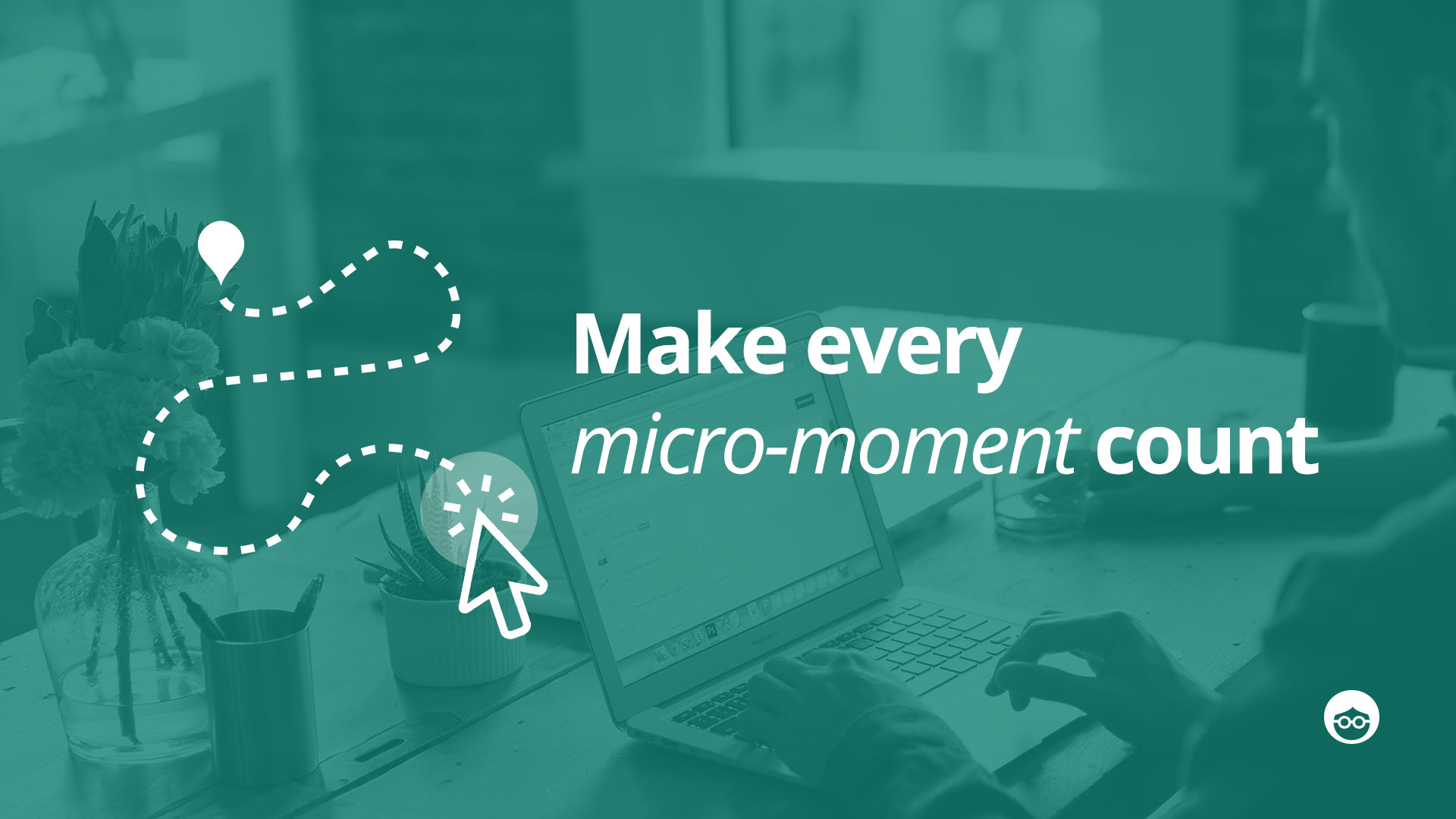The Last Click Paradox – Why Last Click Attribution is Overrated

Over a decade ago, the idea that you could measure your marketing activities and allocate dollars to actual results was quite revolutionary. I remember how it felt then – as someone coming from the traditional marketing industry, focused mainly on offline marketing activities, we were entering a digital world where everything was (allegedly) measurable.
Suddenly, it seemed you could attribute your online marketing success by simply measuring the last click before conversion. Therein lies the secret? Measuring the last-click is easy and fun, but make no mistake, last-click attribution is not as important as it may seem.
Over the next few years, I spent time working with digital-first bands, and I came to realize something: while it is very tempting to put a price tag on the last action taken by the consumer (AKA, the CPA), it is actually the least important thing to determine the success and efficiency of our marketing efforts.
Why? Because there is a whole lot more going on with the customer before that final click. What should concern us is the journey the customer takes leading up to (and even after!) the final action/ conversion/ purchase. This is where we should invest energy and resources into monitoring and optimizing. One of the big opportunities for marketers in native advertising is their ability to own the clicks before the last click. What recommendations were the customers exposed to? What articles did they read? What relevant videos did they watch? What happened after the conversion? And on and on.
The Importance of “Micro-Moments” in the Marketing Funnel
As the online world has become more immersive and complex, so too has the marketing funnel. The customer journey is non-linear with multiple touchpoints, making it much harder to control and monitor. Consumers experience hundreds if not thousands of “micro-moments” when they engage with brands before and after they convert. For instance, take the travel industry – performance marketers commonly measure the cost per booking (say of a flight or hotel) to analyze performance. But, what about the whole planning stage that consumers undergo before actually making the booking? When they are exploring and investigating different travel destinations, attractions and accommodation options? And what about the post-booking plans? Post-trip engagement? These are all important stages of the customer journey and the marketing funnel. And for some reason, we neglect to measure them at the same level of “obsession” as we do last-click attribution.
In recent years, marketers have tried to overcome this gap in data by using different attribution models (ie. data-driven attribution) and attribution tools (Facebook attribution and Google 360 attribution). However, these may be far-from-perfect solutions.
How to Measure Attribution Beyond the Last Click Model
Beyond attribution models and tools, there are so many actions you can take in order to better measure your entire marketing ecosystem, and you can start doing these even today. Here are a few practical ideas:
- Expand the conversion window to also measure indirect conversions (For example, fire a pixel after 1 day and set another to fire after 30 days.)
- Measure additional KPIs to provide relevancy and efficiency data (time on site, scrolling, heatmaps, etc.)
- Track and optimize towards “conversion paths” on Google Analytics
- Use brand lifts and external questionnaires to monitor the efficiency of your marketing campaigns
- Engage dedicated tech companies that specialize in monitoring attribution
- Monitor brand keyword searches among users who engaged with your content
- Decide on a “non-measurable premium” to add to each CPA and plan your budget accordingly
As performance marketers, we all want to get the best ROAS (Return On Ad Spend) and quantify the proof that our marketing works. But it’s important to remember that not everything can be 100% measurable. What really counts is the magic that happens when you inspire the target audience, moving them to take that last step and convert. In some instances, that “magic” may be undefinable. Consumers will rarely decide to give you their email address (or credit card number!) unless they had previous engagements with your brand that affected them positively in some way. And – despite all the numbers and last-click attributions – getting to the bottom of why that happens is what marketing is all about.











